Credit Line on UPI: A New Opportunity for Issuer Banks
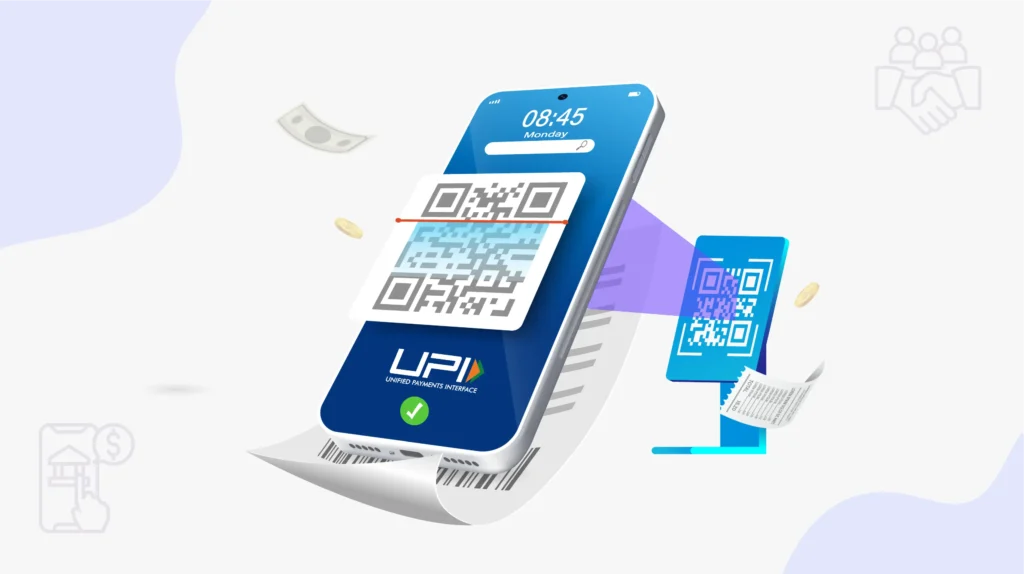
Home / Blogs Table of contents What is Credit Line on UPI? Key Features Benefits for Banks Challenges for Banks Strategic Importance for Issuer Banks Conclusion The Unified Payments Interface (UPI) has transformed India’s digital payments landscape, and the introduction of Credit Line on UPI brings an exciting opportunity for banks to offer credit directly […]
The Future of Credit Card Transactions in India: Embracing the Contactless Revolution

Home / Blogs Table of contents The Benefits of Contactless Payments The Future Outlook Conclusion As India advances in its digital transformation journey, the payments landscape is rapidly evolving. Over the past decade, driven by smartphones and government initiatives like Digital India, the financial ecosystem has seen significant shifts. One of the most notable changes […]
Data Privacy in Fintech: Balancing Innovation with Consumer Protection in the Indian Market

Home / Blogs Table of contents The Significance of Data Privacy in Indian Fintech Challenges in Prioritising Data Privacy While Fostering Innovation Strategies for Prioritising Data Privacy at CARD91 The Role of Government and Regulatory Bodies Conclusion In a world that has moved to the internet and the mobile, data privacy is paramount. This is […]
Revolutionising Credit Offerings Through Credit Line on UPI
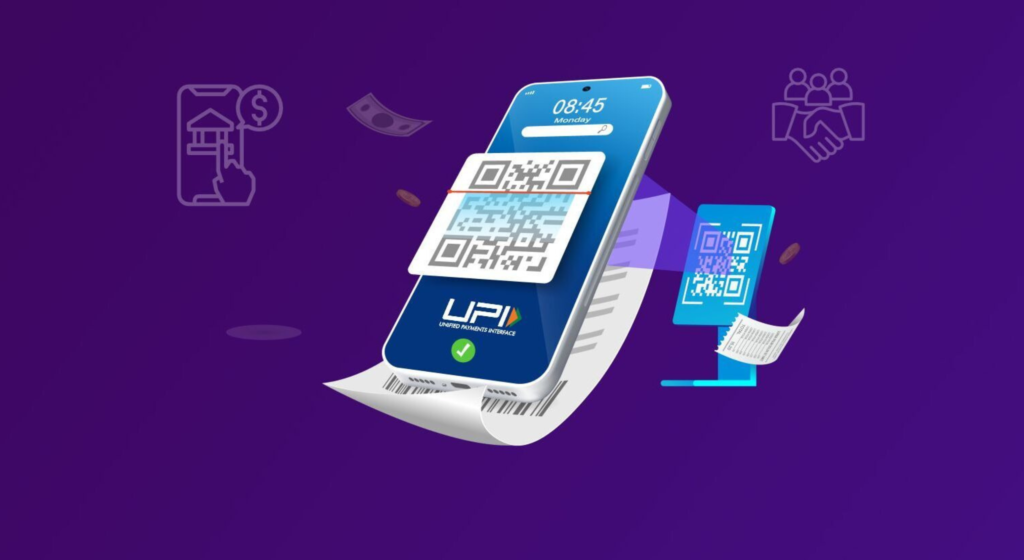
Home / Blogs Table of contents Introduction For the banks.. Our Credit Line Management System What’s more Going live in 3 simple steps! Conclusion UPI has emerged as India’s preferred payment method, constituting >75%* of the nation’s digital payment by volume. So far, UPI transactions were supported by various funding accounts like savings accounts, overdraft […]
Design Thinking in Credit Card Stack Development: Creating User-Centric Experiences
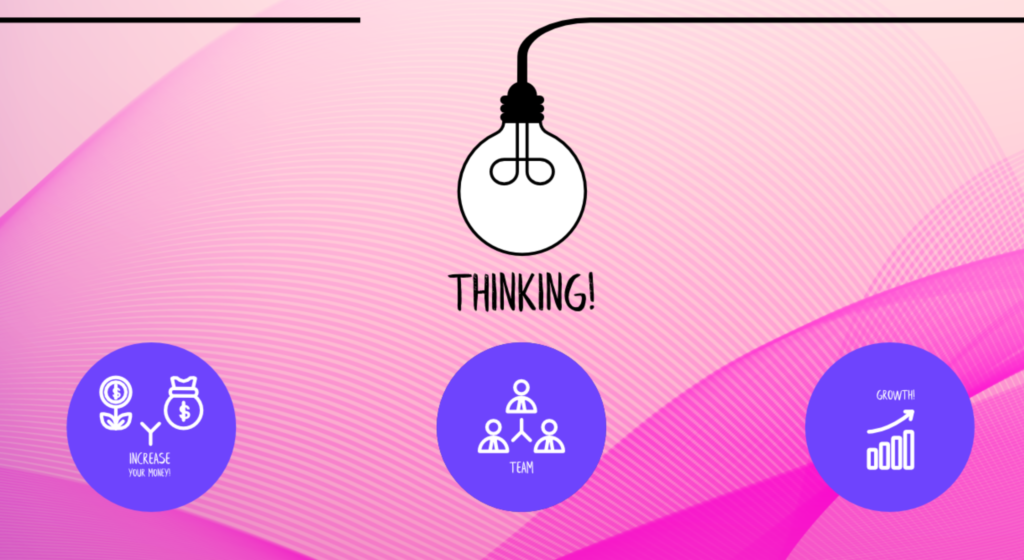
Home / Blogs Table of contents Introduction 1. Empowering Credit Card Issuance 2. Modular Flexibility 3. Highly Configurable 4. Delivering a Fintech-Like User Experience 5. Rapid Implementation and Seamless Integration 6. Rule-Based Operations: Ensuring Compliance and Personalisation 7. Leveraging ML/AI for Real-Time Actions 8. Future Compatibility and Innovation Conclusion In today’s rapidly […]
New to Credit – A millennial’s wishlist from Credit Cards

Home / Blogs Table of contents Introduction Instant Card Issuance Credit Card on UPI Reward Programs for Online Shopping Low Forex Markup for International Travel Travel Rewards for International or Domestic Trips Local Lifestyle Perks Financial Management Tools Customised Offers Gamified Rewards Language and Regional Support Student-focused Features Flexible Credit Limits Green Initiatives Collaborations […]
Unveiling the Potential of Credit Cards on UPI: Redefining Convenience and Reach

Home / Blogs Table of contents Introduction How Credit Cards and UPI Work Together The Impact: Making Payments Accessible to All How Credit Cards on UPI are Changing the Game Focus on User Experience Conclusion In the fast-changing world of digital payments, a novel payment method – Credit Card on UPI (Unified Payments […]
The Evolution of Prepaid Cards: Empowering Financial Inclusion and Digital Transactions in India and Beyond
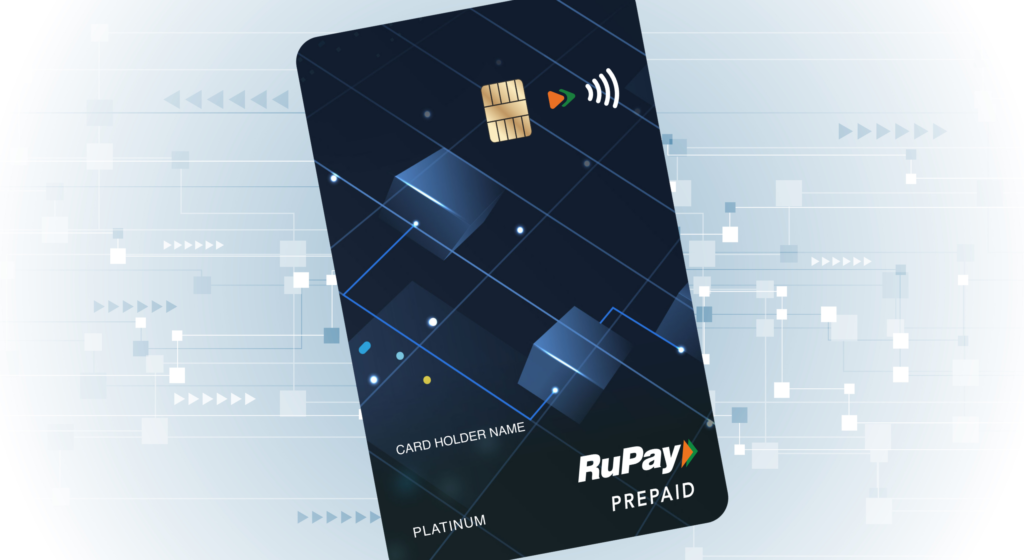
Home / Blogs Table of contents Introduction Prepaid Cards in India Prepaid Cards on the Global Stage Expanding Functionality and Rewards Conclusion Prepaid cards have experienced a remarkable transformation over the past few decades, emerging as a powerful tool in the financial landscape. Originally introduced as a convenient means for gifting and travel, these cards […]
Payroll Cards – Payouts made simpler and seamless
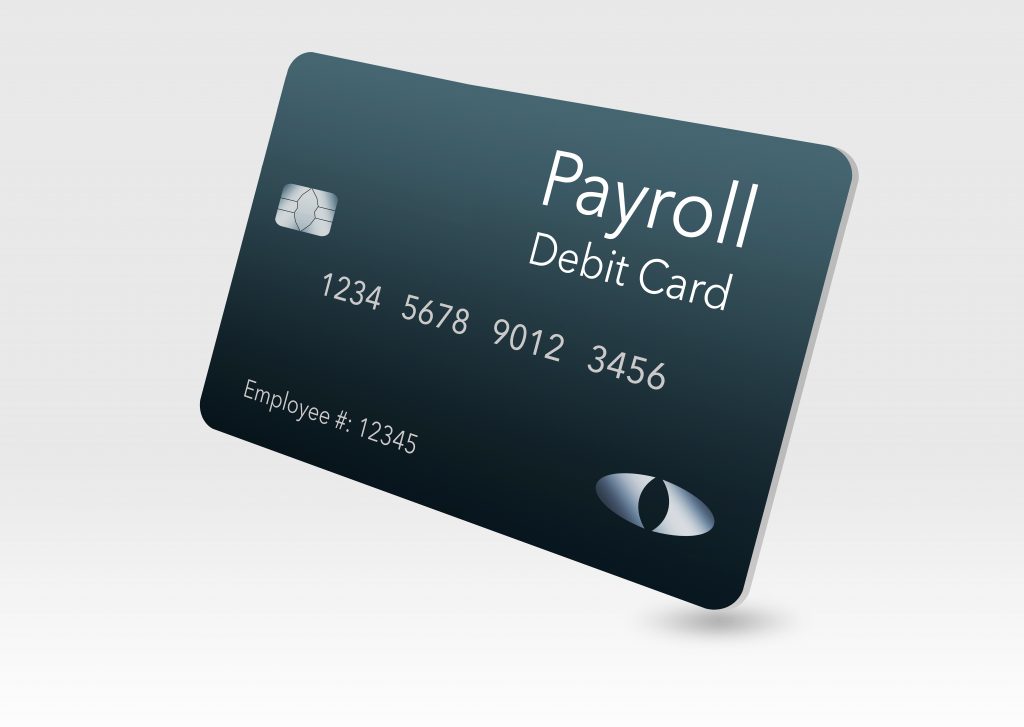
Picture this scenario – a collections agency appointed by a lender has hired 1000+ feet-on-street (FOS) workforce to facilitate collections from delinquent customers. The dilemma in front of the agency is that almost 60% of these FOS contract workers don’t have a formal savings bank account. How do you manage to pay their salaries? In […]



